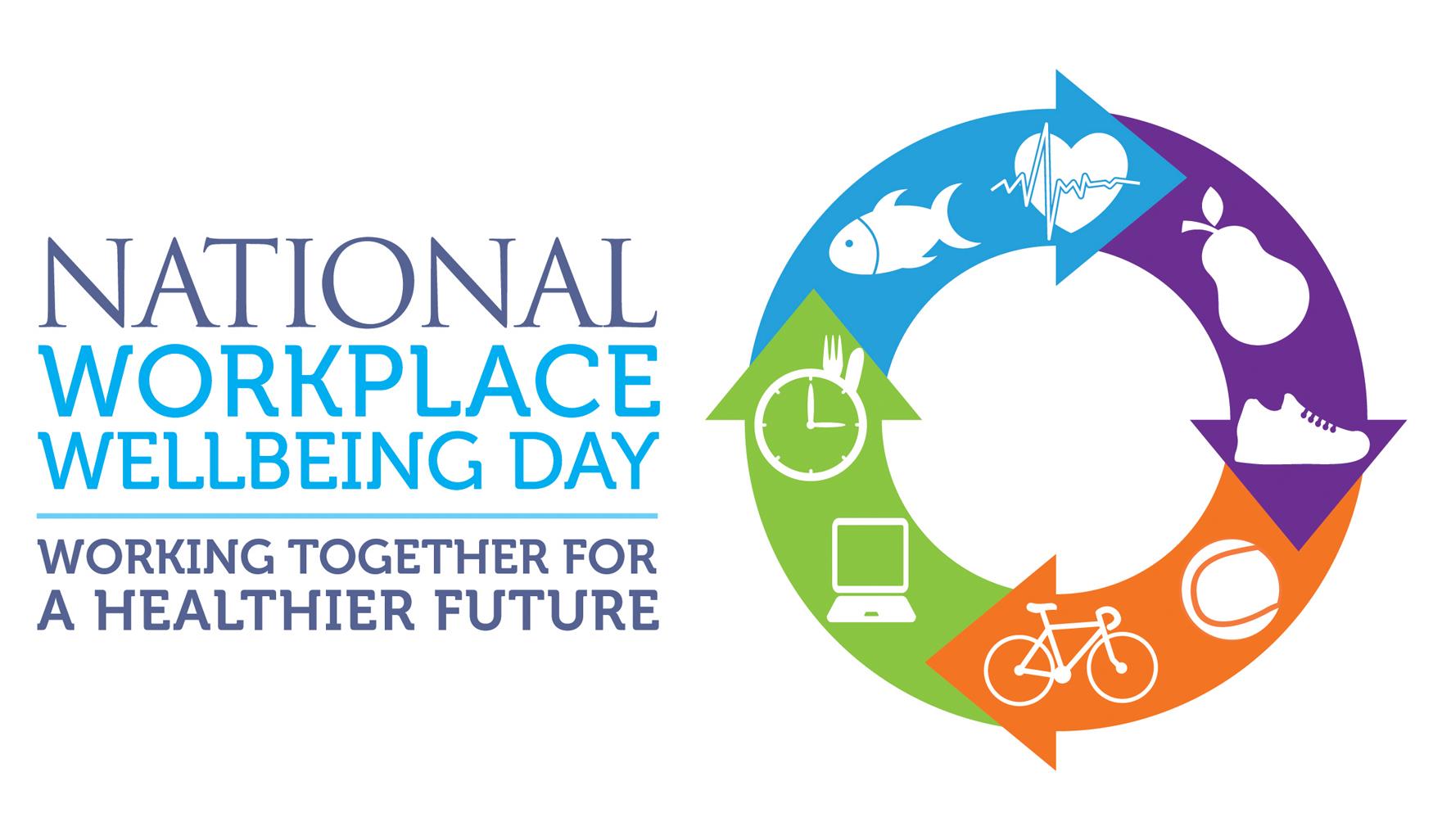Today is National Workplace Wellbeing Day across Ireland (Friday April 30th) and this year we are focusing on the social and mental aspects of the workplace, as well as supporting staff on their knowledge of physical activity too. Here are some interesting wellness details that may help you improve your wellbeing within the workplace, whether it is in the office or WFH. Good luck to you all and stay well.

Q: How many hours a day should we stand during working hours?
A: Aim for two hours of stand time each day.
Why: The suggestion issued in the British Journal of Sports Medicine is: you should be accumulating two hours of "standing time" during work hours. Actually, they want you to start with the two-hour goal, then aim for four hours per day of “light intensity activities.” But you know, start small.
Q: How many hours of Sleep should an adult get each night?
A: 7-9 hours each night.
Why: Did you know that 10pm is the perfect bedtime for healthy adults? Going to sleep at 10pm enables you to get the recommended 7-8 hours of sleep, and still wake up by 5 or 6am. That means you can get in at least a 30-minute workout in the morning - a common habit among the most successful and productive people - and still be at work by 8 or 9am.
Q: The average healthy adult should take how many steps per day?
A: 10,000 steps per day.
Why: A 2011 study found that healthy adults can take anywhere between approximately 4,000 and 18,000 steps/day, and that 10,000 steps/day is a reasonable target for healthy adults. When WFH, try to get out and before you get to your desk and remember to take an active lunch as well. These are easy ways to get the numbers up.
Q: How long should you look at a computer screen before taking a break?
A: Follow the 20-20-20 rule.
Why: What's the 20-20-20 rule? If you find yourself gazing at screens all day, your eye doctor may have mentioned this rule to you. Basically, every 20 minutes spent using a screen, you should try to look away at something that is 20 feet away from you for a total of 20 seconds. Following this rule is a great way to remember to take frequent breaks.
Q: What is the maximum duration of prolonged seating that a healthy adult should have before moving around or taking a quick comfort break?
A: Take regular 30-minute intervals.
Why: Experts suggest that sitting for a maximum of 30 minutes at one go. Sitting or lying down for too long increases your risk of chronic health problems, such as heart disease, diabetes, and some cancers. Too much sitting can also be bad for your mental health. Being active is not as hard as you think. There are lots of simple ways to include some physical activity in your day like short comfort breaks, stretching your legs and even a walk around the garden or block.
Q: How much moderate-intense aerobic activities should you undertake throughout each week?
A: At least 30 mins 5 days each week.
Why: Ideally, you should aim for at least 30 minutes of moderate-intensity physical activity on at least five days of the week but even 10 minutes is better than nothing. You should aim to do at least a couple of sessions of muscle-strengthening activities per week as well. This will boost productivity, increase your mood, and improve your appetite as well.
Q: Outside of working hours, how much screen time should an adult have per day?
A: Less than two hours outside of work time.
Why: The two-hour mark is a guideline to encourage people to reduce their screen time and allow them a time to unwind. However, there is no consensus on the safe amount of screen time for adults. Ideally, adults should limit their screen time like children and only use screens for about two hours a day. However, many adults spend up to 11 hours a day looking at a screen.
Q: How much social interaction should we all have each day to build a sense of positive well-being?
A: 5-6 hours per day.
Why: As humans, social interaction is essential to every aspect of our health. Research shows that having a strong network of support or strong community bonds fosters both emotional and physical health and is an important component of adult life.
Q: What is the optimal temperature for an office environment?
A: 22C (surprisingly).
Why: The ideal temperature for the "typical" office is around 22C, according to the Helsinki University of Technology's Laboratory for Heating, Ventilating and Air Conditioning.
In general, research has shown that women feel colder than men do at the same air temperature. One study found that men prefer rooms at 22C, while women prefer 25C. Body size and fat-to-muscle ratios are largely to blame.